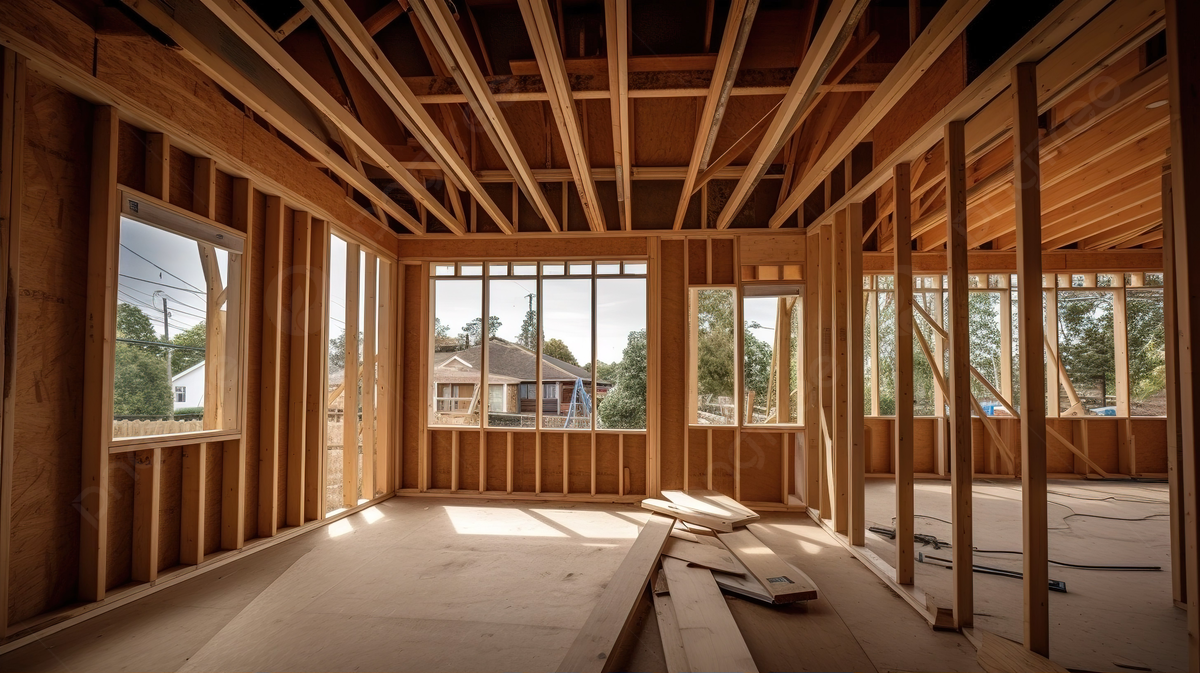Rhode Island’s Housing Trap
Ask almost anyone in South County what keeps them up at night, and housing will come up sooner or later. It’s the quiet conversation at every cookout and the invisible barrier standing between generations. In Rhode Island, the question isn’t just whether people can buy a home. It’s whether they can afford to stay.
For decades, owning a home was part of the promise of living here. You could work hard, buy modestly, and put down roots. But in District 36 -- Narragansett, South Kingstown, and North Kingstown -- that promise is slipping out of reach. Home prices have climbed faster than wages, and even longtime residents are finding themselves priced out of the communities they helped build.
The numbers tell the story, but the stories behind the numbers hit harder. Young graduates who want to stay near family can’t compete with cash offers. Seniors hoping to downsize find no affordable options nearby. Teachers, first responders, and local workers, the backbone of our towns, often commute long distances because they can’t afford to live where they serve. That’s not just a housing problem; it’s a community problem.
In Narragansett, some progress has come through creative zoning like Accessory Dwelling Units (ADUs). An ADU is a smaller secondary homes that let families add space or create rental income. North Kingstown has explored similar solutions, pairing density adjustments with careful planning to protect neighborhood character. These steps are small but meaningful. They show that we can evolve without losing what makes our coastal towns special.
Still, too many rules and outdated zoning codes keep smart projects from getting off the ground. If we want teachers and nurses to live here, we have to help them compete against investors and speculators who are driving up prices. We need homes for the middle class. That means revisiting minimum lot sizes, streamlining approvals, and rewarding development that meets real community needs rather than speculative profits.
The state also needs to be a stronger partner. Local governments can’t solve this alone. Expanding the State Housing Trust Fund, investing in down-payment assistance, and incentivizing developers to include workforce housing will make the math work for families again. This isn’t about “more buildings”; it’s about balance. The right homes in the right places for the right reasons.
We also can’t ignore the rental market. Students, seasonal workers, and young professionals are all competing for the same limited supply, driving prices up year-round. Predictable lease terms, fair-rent programs, and incentives for long-term rentals can help stabilize the market without punishing property owners who play by the rules.
Beyond economics, this is about identity. Our coastal towns are meant to be lived in year-round, by people who shop at local stores, send their kids to local schools, and volunteer at local firehouses. When housing becomes purely transactional, communities hollow out. We lose neighbors, not just numbers.
Turning the tide on housing means making Rhode Island livable again for the people who make it work. It means saying yes to new ideas like ADUs, yes to smart density, yes to partnerships between state and town that put homes before politics. And it means rejecting the false choice between growth and preservation. With a plan, we can have both.
At its core, housing is about belonging. Every Rhode Islander deserves a fair shot to live, work, and grow in the place they call home. If we want thriving schools, vibrant main streets, and stable families, we have to make staying possible again. Because the price of staying shouldn’t be losing everything that makes staying worthwhile.

